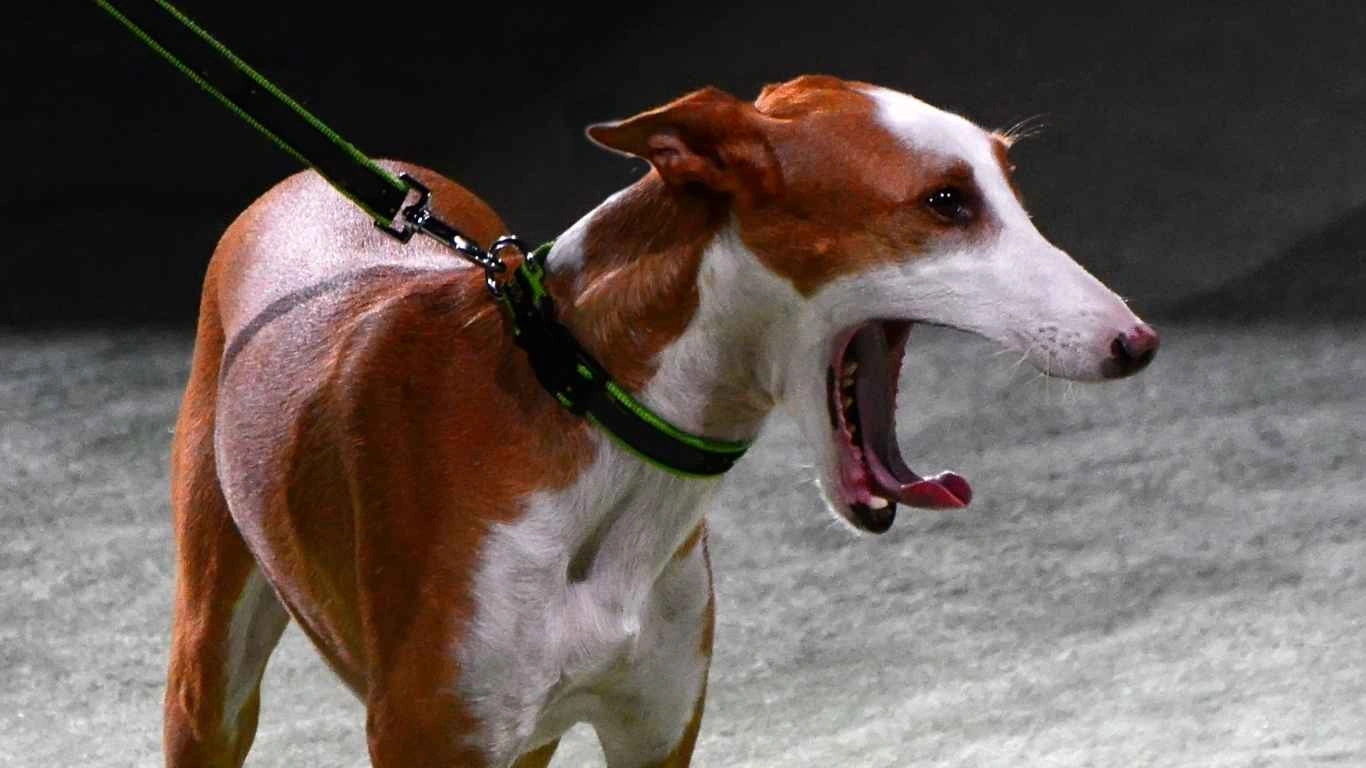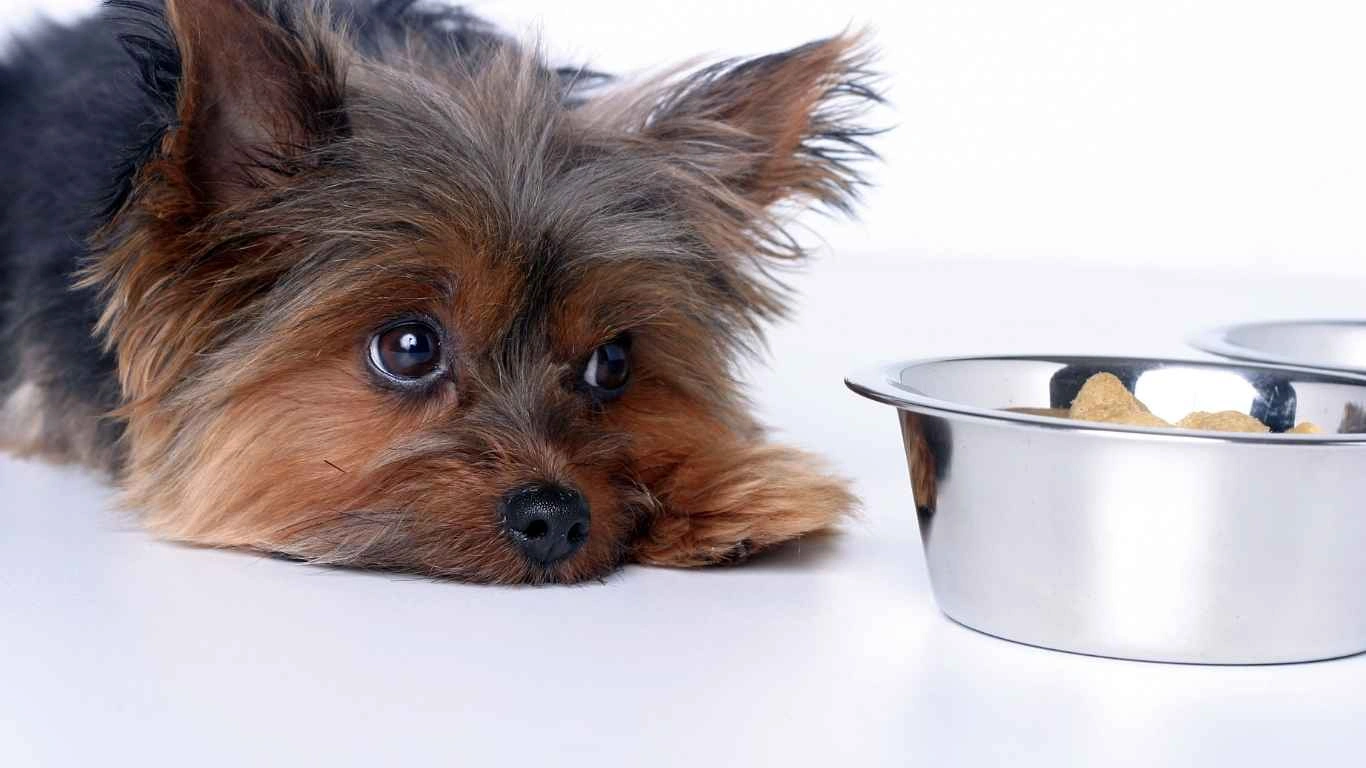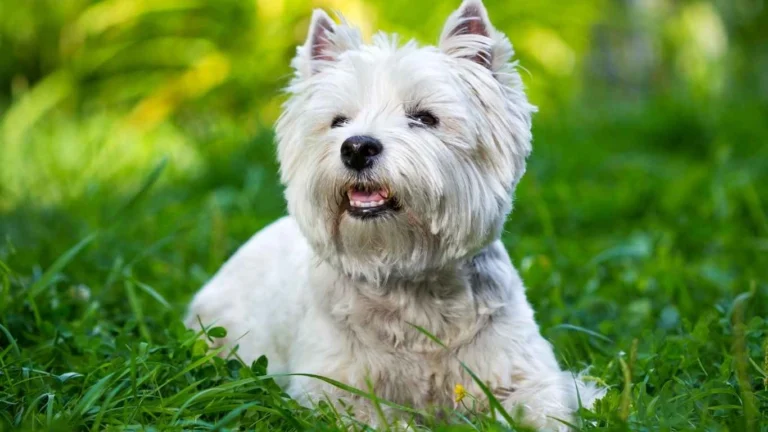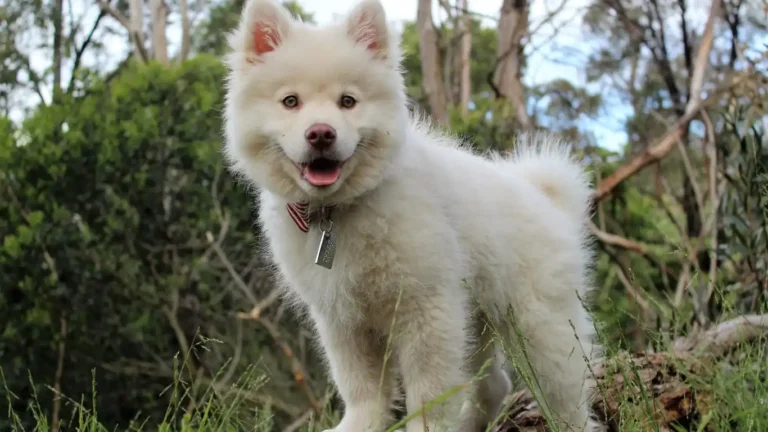Healthy Dog Nutrition Tips to Boost Your Pet’s Health and Wellness
When it comes to keeping our furry best friends healthy and thriving, Healthy Dog Nutrition Tips are a must-know for every pet parent. Over the years, working in veterinary clinics, I’ve seen firsthand how a well-balanced diet can completely transform a dog’s energy levels, coat quality, and even behavior. Whether you’re a seasoned dog owner or just welcomed a new pup into your home, understanding what goes into their bowl is just as important as those daily walks and vet checkups.
Why Proper Nutrition is the Key to a Long, Happy Life

We all want our dogs to live long, wag-filled lives, right? Well, their diet plays a massive role in that. A well-fed dog is a healthy dog, and I can’t tell you how many times I’ve seen pups come into the clinic with preventable issues simply because their diet wasn’t meeting their needs.
Good nutrition supports:
- Stronger immunity – Proper nutrients help fight off infections and illnesses.
- Healthy skin and coat – Omega-3s and quality proteins keep their fur soft and shiny.
- Better digestion – The right balance of fiber and probiotics prevents bloating and stomach troubles.
- Joint and bone health – Especially important for senior dogs and active breeds.
- Balanced energy levels – No more zoomies at 3 AM or sluggish behavior.
Decoding Dog Food Labels: What to Look For

Ever picked up a bag of dog food and felt like you needed a science degree to understand the ingredients? You’re not alone! Let’s break it down in simple terms.
1. High-Quality Protein Comes First
Look for a named protein source like chicken, beef, salmon, or lamb as the first ingredient. Avoid vague terms like “meat meal” or “by-products”—you want real, identifiable protein.
2. Healthy Fats Matter
Fats are not the enemy! Omega-3 and Omega-6 fatty acids keep your dog’s skin healthy and joints strong. Sources like fish oil and flaxseed are excellent.
3. Say No to Fillers
Avoid unnecessary fillers like corn, wheat, and soy. They offer little nutritional value and can trigger allergies in some dogs.
4. Essential Vitamins & Minerals
Just like us, dogs need vitamins and minerals to stay healthy. Look for ingredients like calcium, zinc, vitamin E, and probiotics to support overall well-being.
Raw, Cooked, or Kibble? Choosing the Right Diet

This is where things get interesting—every dog has unique dietary needs, and there’s no universal answer. Here’s a quick breakdown of popular diet types:
- Kibble – Convenient, affordable, and formulated for balanced nutrition, but quality varies by brand.
- Raw Diet – Mimics ancestral diets and can improve digestion, but requires careful planning.
- Home-Cooked Meals – Offers complete control over ingredients, but must be balanced properly.
I’ve had clients swear by all three, and honestly, the best diet is the one that works for your dog’s individual needs. Always consult your vet before making any drastic changes.
Portion Control: How Much Should Your Dog Eat?

One of the biggest mistakes I see dog owners make—without even realizing it—is overfeeding. I get it. Those puppy-dog eyes are powerful. But too much food (even the good stuff) can lead to obesity, joint issues, and a shorter lifespan. Trust me, I’ve seen far too many overweight pups struggle to do simple things like run, jump, or even breathe properly.
1. Factors That Affect Portion Size
There’s no one-size-fits-all approach when it comes to feeding. Your dog’s portion size depends on:
- Breed & Size – A tiny Chihuahua obviously needs way less food than a big, bouncy Labrador.
- Age – Puppies require more frequent meals for growth, while seniors need fewer calories to avoid weight gain.
- Activity Level – A couch potato dog and an active hiking buddy have completely different calorie needs.
- Type of Food – Kibble, raw, and home-cooked meals all have different caloric densities.
2. Reading the Feeding Guidelines
Most commercial dog foods provide feeding recommendations on the bag. But here’s a pro tip—those numbers are often a bit high. I always recommend starting with the lower range and adjusting based on your dog’s weight and energy levels.
3. The Hand Test
Not sure if your dog is at a healthy weight? Try this: Gently run your hands over their ribs. You should be able to feel them without pressing too hard, but they shouldn’t be poking out. If you can’t feel them at all, it might be time to cut back on treats and portions.
Best & Worst Human Foods for Dogs

We all love spoiling our dogs with table scraps, but not all human food is safe for them. I’ve had so many panicked pet parents rush into the clinic because their pup stole something off the counter. So let’s set the record straight on what’s safe and what’s not.
Safe & Nutritious Human Foods for Dogs
- Blueberries – Packed with antioxidants and great for brain health.
- Carrots – Low in calories and good for dental health.
- Plain Pumpkin – A lifesaver for upset stomachs and digestion.
- Lean Chicken & Turkey – High-quality protein for muscle maintenance.
- Sweet Potatoes – A fantastic source of fiber and vitamins.
Foods to Avoid at All Costs
Some human foods can be downright dangerous—even in small amounts. I’ve seen cases of severe poisoning from things pet parents didn’t even realize were toxic.
- Chocolate – Contains theobromine, which can be fatal to dogs.
- Grapes & Raisins – Even a few can cause kidney failure.
- Onions & Garlic – Can lead to anemia by destroying red blood cells.
- Avocado – Contains persin, which is toxic to dogs.
- Cooked Bones – They can splinter and cause choking or internal injuries.
Hydration: The Overlooked Key to Canine Health

We spend so much time worrying about food that we often forget one of the most important aspects of nutrition—water! Dehydration can sneak up fast, and I’ve seen dogs suffer from kidney issues and overheating simply because they weren’t drinking enough.
How Much Water Does Your Dog Need?
A good rule of thumb is that dogs should drink about one ounce of water per pound of body weight each day. But factors like weather, activity level, and diet play a role. If your dog eats dry kibble, they’ll need more water compared to a pup on a raw or wet food diet.
Signs of Dehydration
If you ever notice these signs, your pup might need more water:
- Dry or sticky gums
- Loss of skin elasticity (gently pinch their skin—if it doesn’t bounce back, they’re dehydrated)
- Sunken eyes
- Lethargy or weakness
- Excessive panting
Tips to Encourage More Water Intake
Some dogs just aren’t big drinkers. If that sounds like yours, here are a few tricks:
- Use a pet water fountain—many dogs prefer running water.
- Add a splash of bone broth to their bowl for extra flavor.
- Serve water-rich foods like cucumbers or watermelon as treats.
- Make sure their bowl is always clean—dogs can be picky about stale water.
Case Studies & Real-Life Examples

Over the years, I’ve worked with countless dogs who have transformed just by improving their nutrition. Let me share a few real-life stories to show how proper diet choices can make a world of difference.
Case 1: Bella the Overweight Beagle
Bella came into the clinic weighing nearly 45 pounds—way above the healthy range for a Beagle. Her owner was heartbroken because Bella struggled to move, and her vet warned that obesity-related issues were taking a toll.
We put Bella on a tailored portion-controlled diet, swapped out high-calorie treats for baby carrots, and added gentle daily walks. In six months, she had lost 10 pounds, and her energy skyrocketed. Now, she runs around like a puppy again!
Case 2: Max and His Food Allergies
Max, a Golden Retriever, suffered from constant itching and ear infections. His owner had tried everything—medicated shampoos, antibiotics, and allergy meds—but nothing helped long-term.
After switching to a limited-ingredient diet (eliminating common allergens like chicken and grains), his symptoms improved within weeks. No more scratching, no more infections. The culprit? Chicken-based kibble! This is why understanding what goes into your dog’s food is so crucial.
Key Takeaways: What You Need to Remember

By now, you’ve got a solid understanding of what it takes to keep your dog healthy and thriving. Here’s a quick recap of the most important healthy dog nutrition tips to take with you:
- Quality over quantity: Choose high-quality, natural ingredients over cheap fillers.
- Portion control is key: Overfeeding leads to obesity, which shortens your dog’s lifespan.
- Hydration matters: Always ensure your dog has access to fresh, clean water.
- Know your dog’s specific needs: Every breed, size, and age has different dietary requirements.
- Be cautious with human food: Some can be beneficial, but others are toxic.
- Monitor changes: If you notice weight gain, digestive issues, or allergies, tweak their diet accordingly.
FAQs
Got questions? Here are some of the most common ones I hear from pet parents.
1. How do I know if my dog’s food is good quality?
Check the ingredient list! Look for real meat as the first ingredient, avoid by-products, artificial preservatives, and excessive fillers like corn or wheat.
2. Can I feed my dog a homemade diet?
Yes, but make sure it’s properly balanced. Dogs need the right mix of protein, fats, and essential vitamins. Consulting a vet or pet nutritionist can help ensure you’re meeting their nutritional needs.
3. How often should I change my dog’s diet?
If your dog is thriving on their current food, there’s no need to change it. However, if they’re experiencing allergies, digestive issues, or weight gain, a gradual transition to a better-suited diet might be necessary.
4. Are grain-free diets better for dogs?
Not necessarily! Grain-free diets have become popular, but unless your dog has a specific grain allergy, they aren’t always required. Some dogs do great on whole grains like brown rice or oatmeal.
Bonus: Additional Resources or DIY Tips
Want to take your dog’s nutrition to the next level? Here are a few additional resources and DIY ideas:
DIY Healthy Dog Treats
- Frozen Yogurt & Blueberry Bites: Mix plain yogurt with fresh blueberries and freeze for a cool summer treat.
- Sweet Potato Chews: Slice sweet potatoes thinly and bake at a low temperature for a chewy, nutritious snack.
- Pumpkin & Oatmeal Biscuits: Combine canned pumpkin, oats, and eggs to make simple, homemade dog biscuits.
Helpful Tools & Resources
- Dog Nutrition Guide – A comprehensive breakdown of dog food ingredients.
- Portion Size Calculator – Find out exactly how much food your dog needs daily.
- Allergy-Friendly Dog Food Brands – A list of top-rated options for dogs with food sensitivities.
Appendix: Table, References, Disclaimer, and Call to Action
Macronutrient Needs for Dogs
| Nutrient | Ideal Percentage | Sources |
|---|---|---|
| Protein | 18-25% | Chicken, Beef, Fish, Eggs |
| Fats | 10-15% | Salmon Oil, Flaxseed, Chicken Fat |
| Carbohydrates | 30-50% | Sweet Potatoes, Brown Rice, Oats |
References
- American Veterinary Medical Association
- Pet Nutrition Alliance
- National Research Council on Dog Nutrition
Disclaimer
This article is for educational purposes only and should not replace professional veterinary advice. Always consult a vet before making significant changes to your dog’s diet.
Call to Action
Now that you have all the healthy dog nutrition tips you need, it’s time to put them into action! Take a look at your dog’s current diet and see if there’s room for improvement. Have questions or success stories? Drop them in the comments—I’d love to hear from you!






